What is a picture light
A picture light is an accent light fixture that typically attaches to either the frame of artworks or the wall and provides downward lighting to illuminate the artworks. In most cases the fixture is wall-mounted in order to protect an artwok’s frame. Picture lights are commonly used to artwork display lighting in art galleries and museums. They are also used to show off framed pictures or paintings, putting a finishing touch to the wall in hallways or living rooms of residential and hospitality spaces. These light fixtures are an especially good option in spaces where ceiling mounted lighting systems (e.g. downlights, track lights) are not an option.
Light should appreciate artwork
LED picture lights are designed to rise to the challenge faced by artwork lighting. Light is needed to appreciate artwork. However, some types of radiant energy within the electromagnetic spectrum of traditional light sources can be aesthetically and physically damaging to artifacts, and these damages are almost completely irreversible. Optical radiation in shorter wavelengths or more specifically ultraviolet (UV) light (10 nm to 400 nm) is extremely harmful to artworks sensitive to optical radiation because of its aggressive photon energy.
Exposure to high energy photons can trigger chemical changes in a molecule of many types of organic materials. The photochemical action leads to the deterioration and discoloration of oil paintings, old documents and fabrics that contain organic materials. Infrared (IR) radiation does not induce the same type of photochemical damage caused by UV radiation but can result in radiant heating of the artwork. Heating up the artwork will accelerate chemical activity and physical changes due to the loss of adsorbed moisture and the resulting dimensional instability of the exposed material. Over time cracking and paint loss from flaking will take place.
The spectral advantages of LED lighting
As opposed to fluorescent and metal halide lamps that emit a substantial amount of UV radiation, and incandescent lamps that convert most (over 90%) of the energy into IR radiation, LEDs emit a negligible amount of UV light (<5 uw/lm) and radiate no IR energy. The damage factor of white light LEDs is therefore significantly lower than traditional light sources. A light source can be characterized by its color temperature and by its color rendering ability. The ability to engineer the spectral output of LEDs allows precise control of the spectral power distribution (SPD) which determines the correlated color temperature (CCT) and color performance of the light source.
High CCT generally corresponds to a relatively high proportion of high energy blue wavelength light in the visible spectrum. In most cases, higher CCT or cooler light sources are more damaging than lower CCT or warmer light sources. The SPD of LEDs can be easily engineered to deliver a lower CCT in order to minimize the photochemical damage. Artwork lighting generally requires a light source with a high color rendering index (CRI). LEDs can also be engineered to deliver radiant power fairly broadly and uniformly spread throughout the visible spectrum, thereby capturing the colors of objects illuminated by the light source as accurately as possible.
Design concepts
An LED picture light consists of a backplate, arm and light bar. The light bar includes a linear LED module on which an array of SMD LEDs are mounted to deliver uniform lighting through an opal diffuser. In high end applications, violet-pump LEDs are used as the common choice of light source for their relatively uniform SPDs as compared with blue-pump LEDs, although blue-pump LEDs are less expensive and of higher efficacy. The light bar can be tilted downward to modify the angle that the light hits the artwork. Because the light is often at a grazing angle, the optical system must be carefully designed to illuminate the entire artwork from top to bottom. It’s common to see poorly functioning picture lights that only project a sufficient amount of light at the top part of an artwork and leave the bottom of the artwork in shadows.
Power sources
A direct wire or plug-in LED picture light has an AC-to-DC LED driver that is built into either the backplate or light bar. The constant current LED driver converts the AC mains voltage input in a direct current output of the desired amplitude in order to drive the LEDs. The driver must be designed to filter large output current ripples so that flicker of light is minimized for maximal visual comfort. Where dimming control is a critical feature, the driver should provide compatibility with various dimming protocols. LED picture lights may also be battery-powered. These types of lights provide a cleaner look and greater installation flexibility.

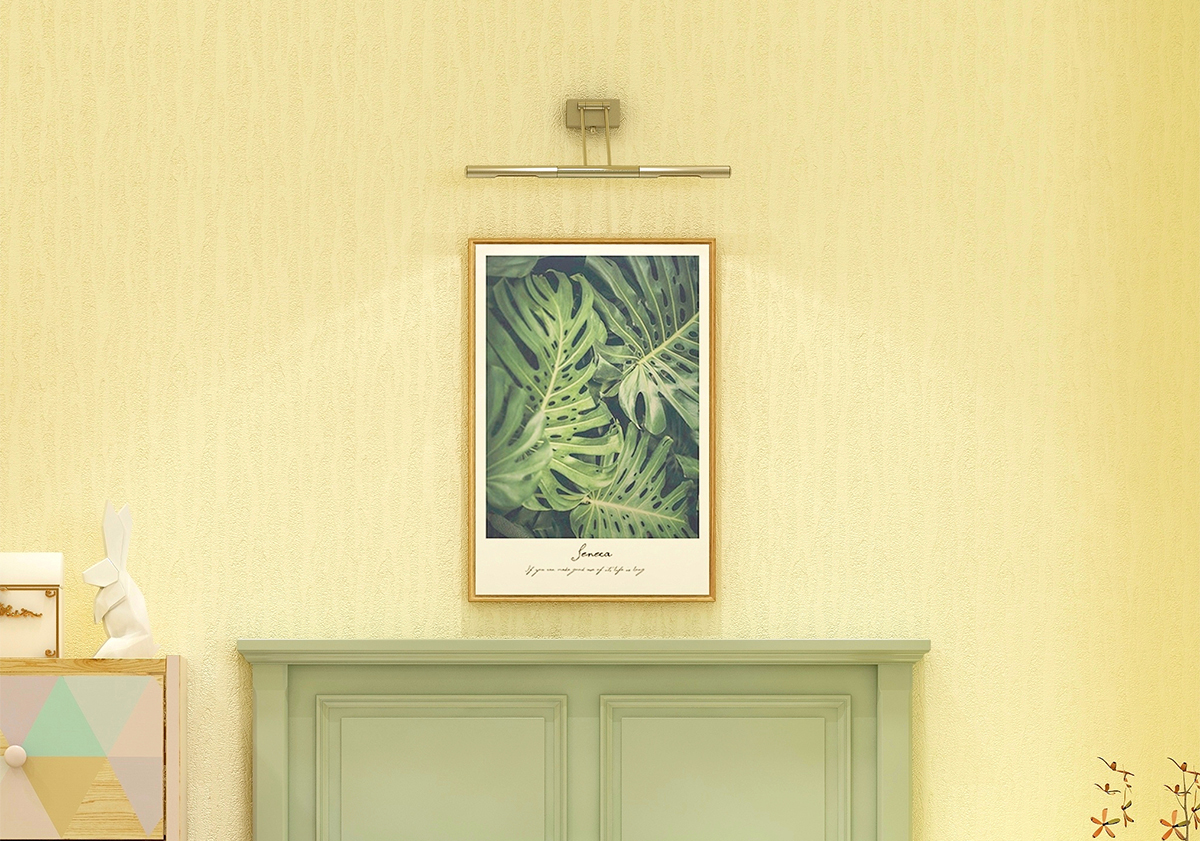
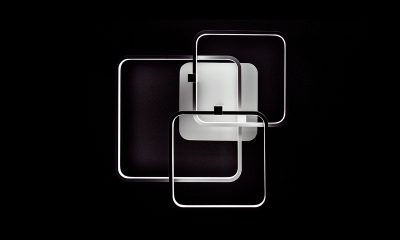
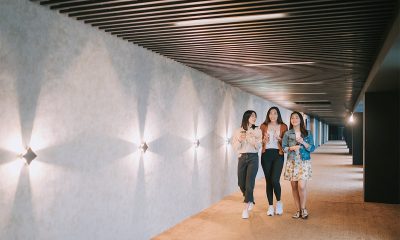
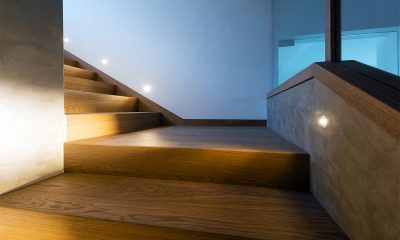
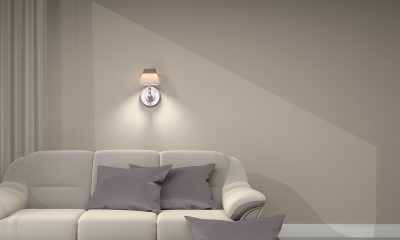
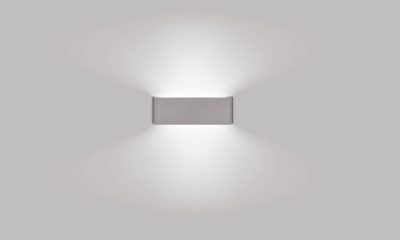
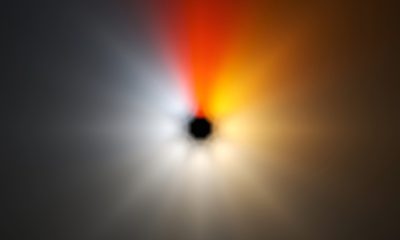
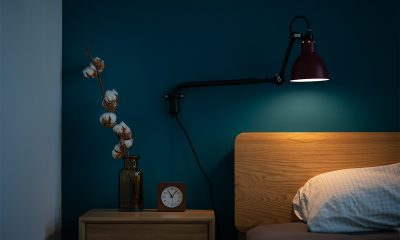
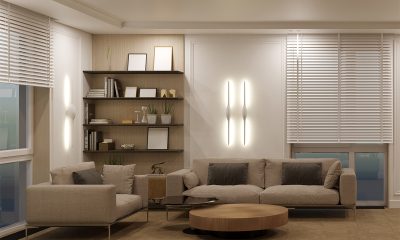
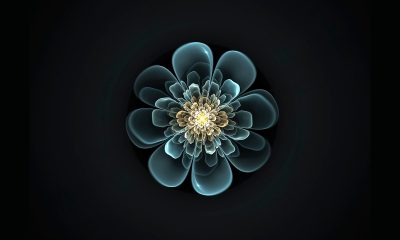
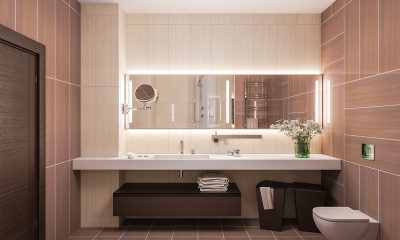
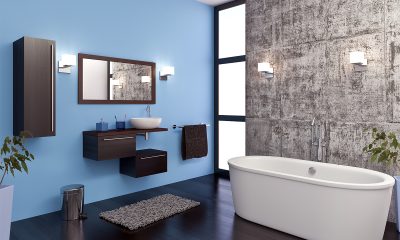
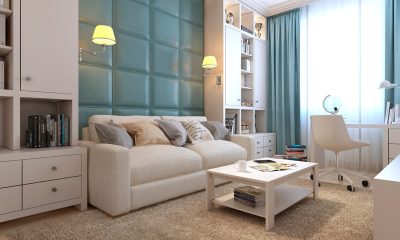





Loading...